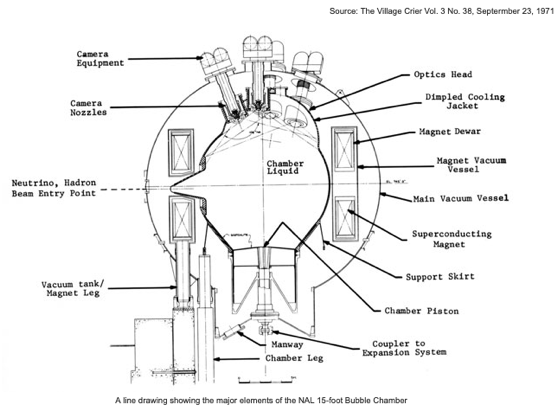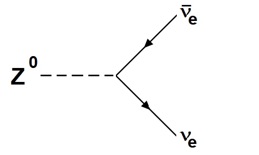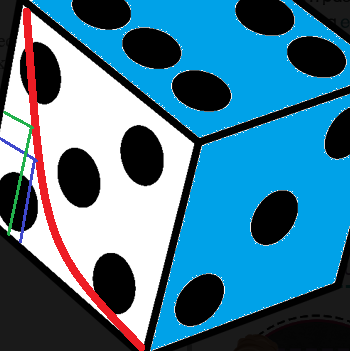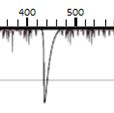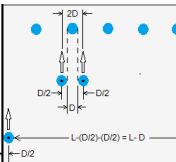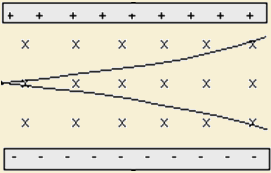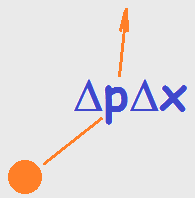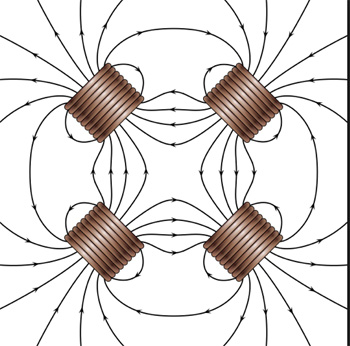The Data Portfolio is a compendium of particle physics classroom activities organized by Data Strand, Level of student engagement, Curriculum Topics and NGSS Standards. Follow the links provided for information about using the Data Portfolio to plan your students’ experience. Level descriptions explain the data analysis skills that students apply at each level: tasks in Level 0 are simpler than those in Levels 1 and 2...
...While each level can be explored individually, students who start in one level and progress to more complex levels experience increasingly engaging and challenging tasks. These activities are aligned with NGSS Standards, particularly NGSS Practices.
Each Curriculum Topic provides connections between topics routinely covered in physics class and particle physics content and methods. Use the menus to find activities related to the content you are currently covering. Watch this screencast to learn more about sorting these activities.
We are making Spanish Language versions of the activities. To find the activities with Spanish versions, use the Curriculum Topics menu, scroll to the bottom, select Spanish Language then Apply.. Special thanks to Danelix Cordero-Rosario from the Puerto Rico Center for providing these translations.
QuarkNet has entered the world of data science. Use the Curriculum Topic menu to locate the Skill: Coding option then Apply.
We want your feedback on how the activities worked for you. Please complete the feedback form to help us improve our activities.

